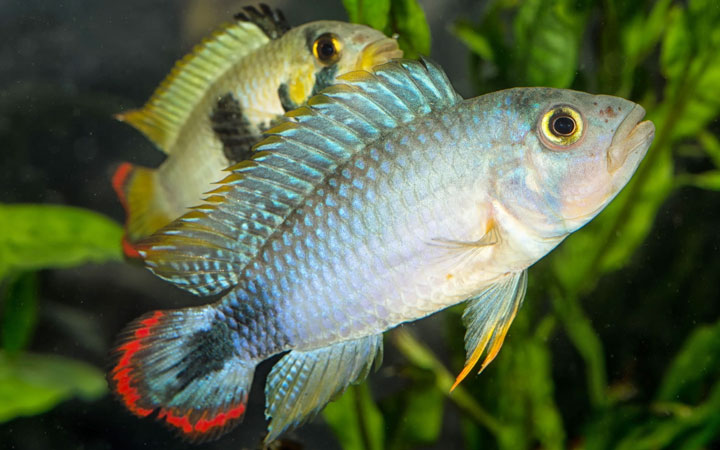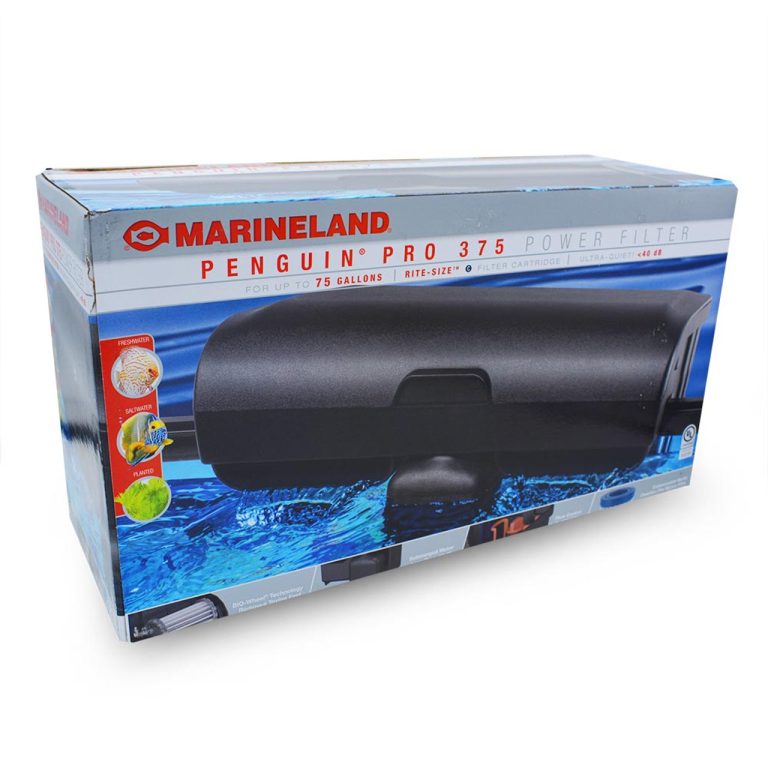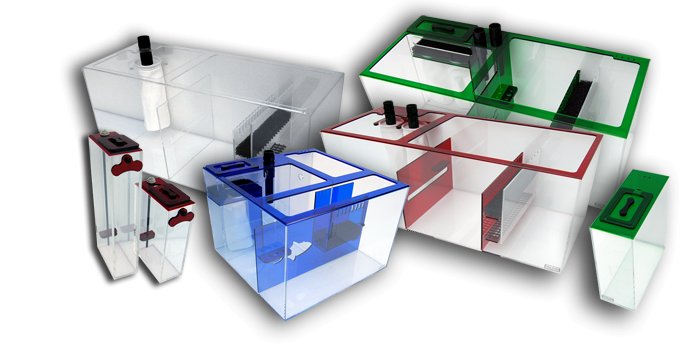Play Sand In Aquarium
Can You Use Play Sand in an Aquarium?
If you’re a newbie in the world of aquariums, you may be wondering whether you can use play sand in your aquarium. After all, it’s easily accessible and affordable. But is it safe for your aquatic pets? In this article, we will delve into the topic of using play sand in aquariums and provide you with all the information you need to make an informed decision.
The Basics of Play Sand
Let’s start by understanding what exactly play sand is. Play sand is a type of sand that is commonly used in sandboxes and playgrounds. It is typically made from finely ground silica and is designed to be clean and free from contaminants. Play sand is also known for its affordability and ease of use, making it a popular choice for recreational purposes.

Aquarium Compatibility
Now, let’s discuss whether play sand is compatible with aquariums. The answer is: it depends. While play sand can be used in some types of aquarium setups, it may not be suitable for all tanks. Here are a few factors to consider:
1. Grain Size
Play sand typically has a larger grain size compared to specialized aquarium sands. This can be problematic in certain setups, particularly for aquariums with bottom-dwelling fish or sensitive plants. The coarse texture of play sand can irritate the skin of some fish and may also inhibit the growth of delicate plant roots.
2. Chemical Composition
Play sand is usually made of silica, which is considered inert and safe for aquarium use. However, it’s important to ensure that the play sand you choose doesn’t contain any added chemicals or colorants. Some types of play sand may be treated with additives that are harmful to aquatic life. Always read the packaging or consult with a knowledgeable professional to ensure the play sand is safe for your aquarium.
3. Sand Depth
The depth of sand in your aquarium also plays a role in determining its compatibility with play sand. If you have a deep sand bed or are planning to create one, it’s important to choose a sand substrate specifically designed for aquarium use. Specialized aquarium sands are often formulated to prevent compaction and promote beneficial bacteria growth, which is essential for maintaining a healthy aquarium environment.
Pros and Cons of Using Play Sand
To help you weigh the pros and cons, let’s take a closer look at the advantages and drawbacks of using play sand in an aquarium:
Pros:
Affordability: Play sand is generally more affordable compared to specialized aquarium sands.
Availability: Play sand can be easily found at most hardware stores or online retailers.
Variety: Play sand comes in different colors and textures, allowing you to customize the look of your aquarium.
Safe for Fish: As long as it is free from harmful additives, play sand is generally safe for most species of fish.
Cons:
Coarse Texture: The larger grain size of play sand can be problematic for certain aquarium setups.
Limited Nutrient Value: Play sand lacks the nutritional value of specialized aquarium substrates, which may impact plant growth.
Compaction Potential: Play sand tends to compact more easily, leading to potential anaerobic zones in the substrate.
Water Cloudiness: Play sand may cause initial cloudiness in the water when first added to the aquarium.
Alternatives to Play Sand
If you’re concerned about the limitations of using play sand in your aquarium, there are some alternative substrates to consider:
1. Aquarium Sand
Specialized aquarium sands are designed specifically for use in fish tanks. These sands often have a finer grain size, which is ideal for bottom-dwelling fish and delicate plants. They are also formulated to promote beneficial bacterial growth and provide adequate nutrients for plant root systems.
2. Gravel
Gravel is another popular substrate choice for aquariums. It comes in various sizes and colors, allowing for versatile design options. Gravel is particularly useful in aquarium setups that require strong water flow, such as those with undergravel filters or in heavily populated tanks.
3. Aquasoil
Aquasoil is a substrate made specifically for planted aquariums. It is rich in nutrients and provides an optimal environment for plant growth. Aquasoil also helps to maintain stable water parameters, making it a favorite among aquascapers.
Frequently Asked Questions
Now, let’s address some common questions that people have about using play sand in aquariums:
1.Can I use regular sand in my aquarium?
Regular sand, such as beach sand or construction sand, is generally not recommended for aquarium use. It may contain impurities or harmful chemicals that can be detrimental to the health of your aquatic pets.
2.How do I prepare play sand for use in my aquarium?
Before adding play sand to your aquarium, it is crucial to rinse it thoroughly to remove any dust or debris. Place the sand in a clean bucket, then use a hose to fill the bucket with water. Stir the sand vigorously while the water is running until the water runs clear. Repeat this process until the water remains clear.
3.How much play sand do I need for my aquarium?
The amount of play sand you will need depends on the size of your aquarium and the depth of substrate you desire. As a general rule of thumb, aim for a substrate depth of around 1-2 inches. Calculate the volume of sand you need by multiplying the length, width, and desired depth of the substrate.
4.Can I mix play sand with other substrates?
Yes, you can mix play sand with other substrates like gravel or specialized aquarium sands. This can create an interesting aesthetic and may also provide a better substrate environment for your aquarium inhabitants.
5.Can I use play sand in a saltwater aquarium?
While play sand can be used in saltwater aquariums, it’s important to note that it lacks the necessary buffering capacity found in specialized saltwater substrates. If you’d like to create an optimal environment for saltwater-specific organisms, it is advisable to use a substrate specifically designed for marine aquariums.
Final Thoughts
In conclusion, using play sand in an aquarium can be a viable option in certain situations. However, it’s essential to consider various factors such as grain size, chemical composition, and sand depth before making a decision. Additionally, weighing the pros and cons, as well as exploring alternative substrates, can help you make an informed choice that best suits your aquarium setup. Remember to always prioritize the well-being of your aquatic pets and consult with knowledgeable professionals for guidance. Happy aquarium keeping!






